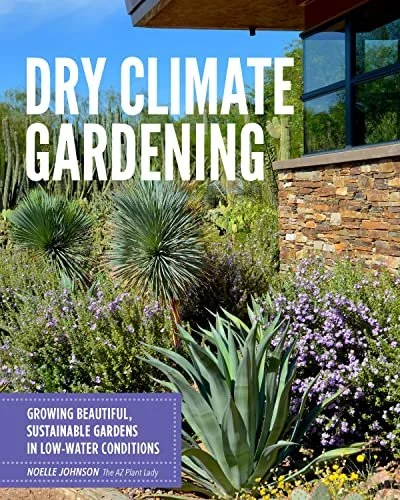There is confusion about xeriscapes. Some people mistakenly refer to xeriscaping a “zero-scape” gardening, meaning no plants.
'The origin of xeriscape began in Denver, Colorado, during a drought when people were encouraged to decrease water use around their homes,” says horticulturalist Noelle Gordon, author of Dry Climate Gardening.
The word xeriscape is derived from the Greek 'xeros', meaning 'dry'.
“A true xeriscape is a beautiful landscape composed of low-water-use plants, native or adapted to the climatic conditions where they're planted,” Gordon explains. “Organic or inorganic mulches are incorporated around the garden to reduce water loss. As a result, xeriscapes not only use less water but take less maintenance and are resilient to the challenges of dry climate gardening.
Creating a thriving and sustainable xeriscape garden requires selecting plants with low water requirements and mulching them, and making landscaping choices that need less fertilizers and chemicals to thrive. Popular plants for xeriscape gardens are drought-tolerant varieties like agave, yucca and sedum that offer a variety of textures, shapes and colors.

